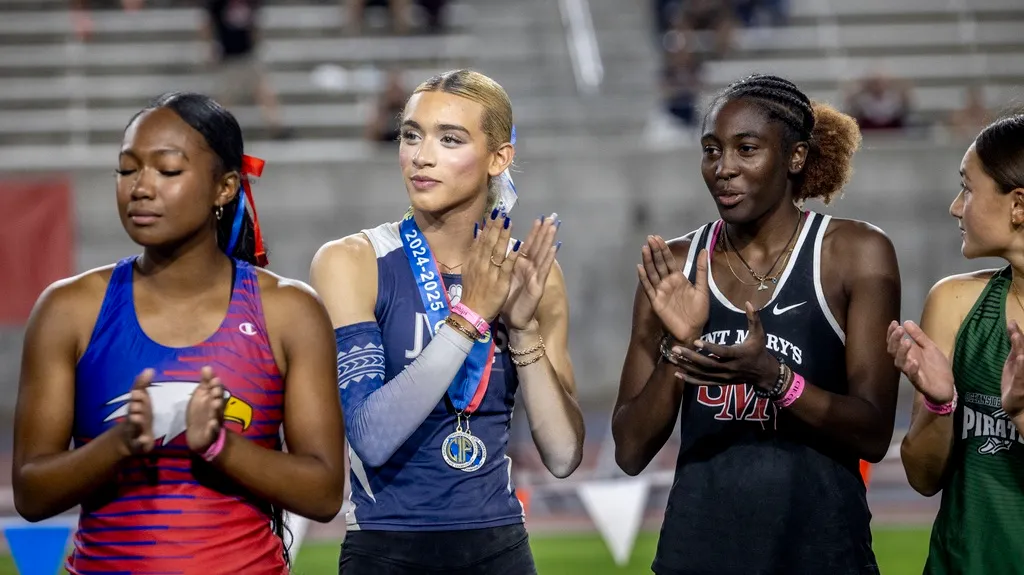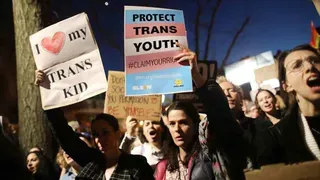September 4, 2016
Study: Anti-Gay College Men Show More Interest in Gay Imagery
Jeff Taylor READ TIME: 3 MIN.
A new study, published in The Journal of Sexual Medicine, found that college-aged men with negative attitudes towards gay men showed more apparent interest in gay imagery than their non-homophobic counterparts.
Heterosexual men from the University of Geneva first completed a survey to determine their feelings towards gay men. They then performed a computerized test to determine their unconscious, impulsive tendencies toward homosexual imagery.
The men were asked to move a small image of a human figure either towards or away from a specific stimuli, while tracking what they were looking at on the screen.
The homophobic men spent more time looking at the gay couples than the straight ones.
"Findings on the viewing time allow understanding why some (but not all) men high in homophobia have a sexual interest in same-sex individuals," the researchers concluded. "This study provides a better understanding of the psychological processes involved in the processing of erotic gay material among men high in homophobia, and provides a fine-grained prediction of sexual related behaviors."
However, they caution against coming to the conclusion that all homophobic men are closet cases.
Lead author Boris Cheval, of the University of Geneva in Switzerland, told PsyPost it is currently hard to tell how big of a role suppressed gay attraction plays in the formation of antigay attitudes.
These findings echo results found in previous studies.
A 1996 study had heterosexual men state whether or not they had antigay feelings before being shown pornographic imagery featuring straight, lesbian and gay couples. While all of the men were aroused during the straight and lesbian stimuli, only those professing to be homophobic were aroused during the gay stimuli.
Another study conducted in 2012 found similar results.
Study subjects were asked to categorize words and pictures into "gay" and "straight" groups as they flashed on a computer screen. Words such as "gay," "straight," "homosexual," and "heterosexual" appeared, along with pictures of gay and straight couples. Subjects were first primed with the word "me" or "others" flashed momentarily on the screen. The researchers said quicker reaction time for "me" and "gay," and a slower reaction for "me" and "straight" would suggest an implicit homosexual orientation.
They also had them choose to browse same-sex or opposite sex couples and asked them to self-identify their own level of homophobia, as well as inquiring about the attitudes of their parents.
While they found enough evidence to suggest a link between homophobia and same-sex desires, however hidden to the self they may be, they too said this should not be considered the only cause of antigay sentiment.
"This study shows that if you are feeling that kind of visceral reaction to an out-group, ask yourself, 'Why?'" co-author Richard Ryan, a professor of psychology at the University of Rochester, said in a statement at the time. "Those intense emotions should serve as a call to self-reflection."
The study also found that those with more authoritarian parents were less likely to be in touch with their implicit sexual orientation.
Better understanding homophobia can be a benefit to all concerned.
"We laugh at or make fun of such blatant hypocrisy, but in a real way, these people may often themselves be victims of repression and experience exaggerated feelings of threat," Ryan said. "Homophobia is not a laughing matter. It can sometimes have tragic consequences."







